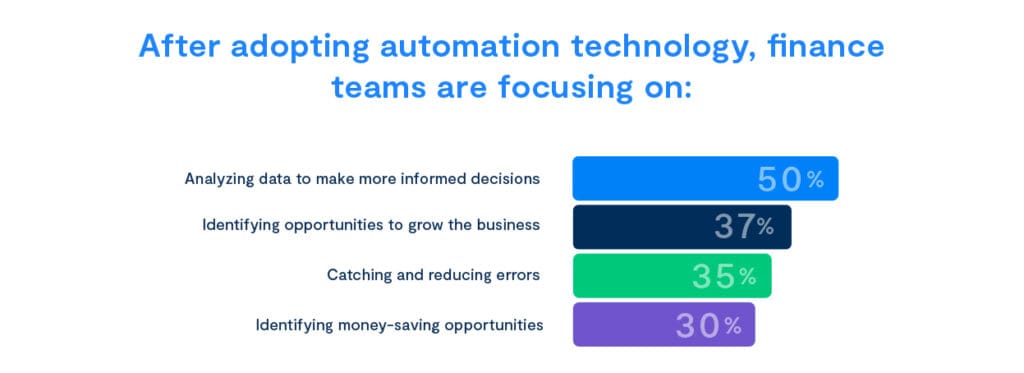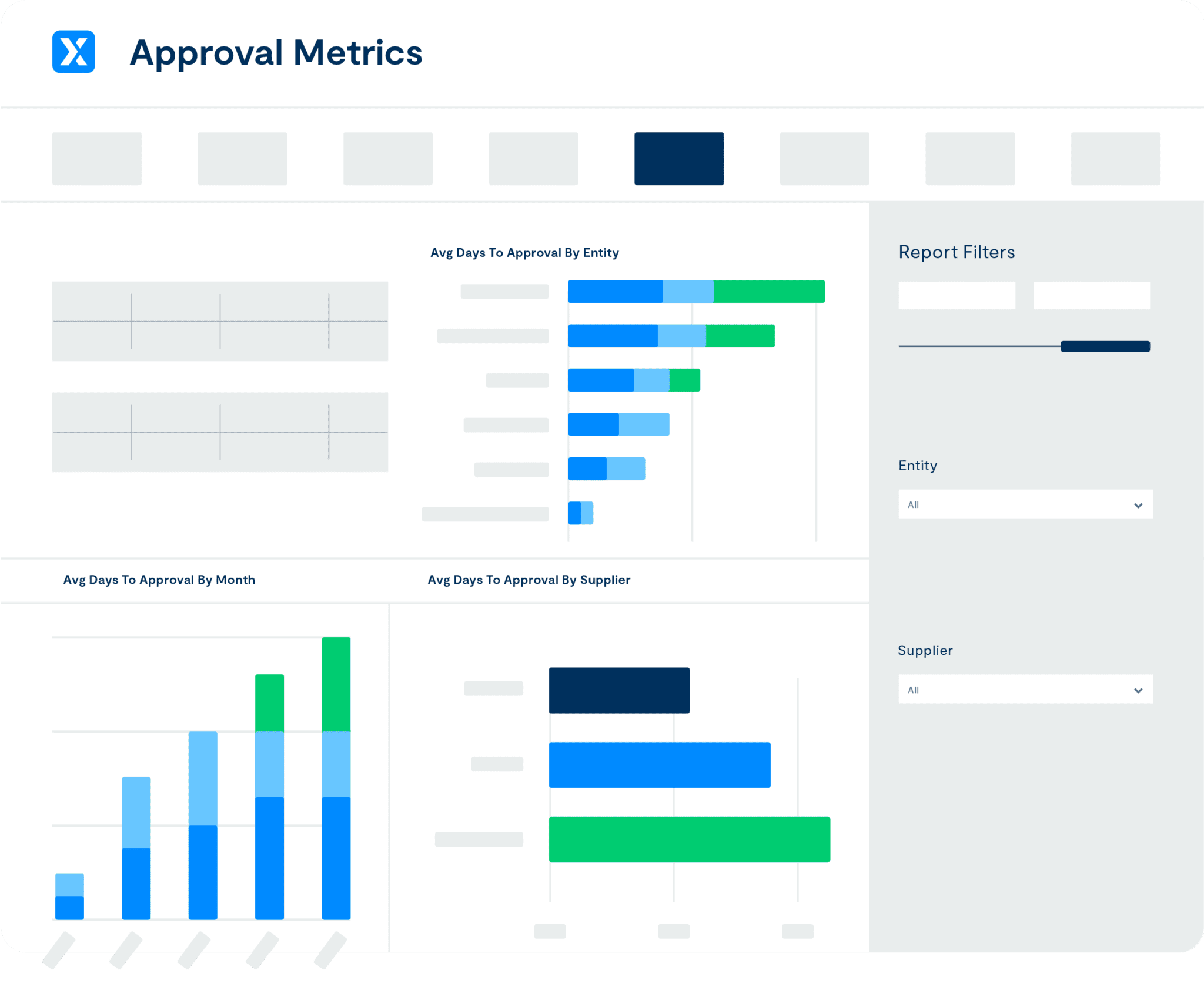In today’s uncertain economic environment, organizations are putting extra emphasis on spend management – monitoring and maximizing company spend. The accounts payable (AP) department plays a critical role in this expenditure cycle, with success tightly linked to the efficiency and accuracy of the team and their processes.
The payables process generally involves several steps:
- Receiving and validating invoices
- Capturing and coding the data on the invoice (indexing)
- Matching the invoice to purchase orders and receipts
- Routing the invoice through approval workflows
- Paying suppliers
It’s important for businesses to know how long it takes an invoice to go from indexing to approval, as it helps them identify bottlenecks in their AP process. However, determining this information without using technology can be challenging – and with an estimated 50% of invoices received still being paper-based, this challenge is exacerbated.
Technology to the Rescue
Businesses are turning to business intelligence (BI) solutions and data analytics to help address this type of challenge. In our survey of middle market finance teams, 50% said they are using automation technology to analyze data and make more informed decisions.

By leveraging advanced analytics tools, accounting professionals can gain valuable insights into their invoice management process. Additionally, understanding invoice processing time offers other benefits, including:
Increased Efficiency
Measuring invoice processing time is vital for understanding the efficiency of the accounting department’s operations and identifying areas for improvement. By analyzing this data, accounting leaders can pinpoint bottlenecks in the invoice approval process and take proactive steps to mitigate delays. Identifying opportunities for automation or optimization can increase operational efficiency and drive cost savings.
Improved Relationships
Knowing how long it takes an invoice to go through each stage of processing allows businesses to set realistic expectations with vendors and clients. It enables them to establish more accurate payment timelines and avoid potential disputes or late payments.
Cost Reduction
Measuring processing times can lead to lower administrative costs associated with invoice handling. By resolving bottlenecks and other issues that slow down invoice processing, the workflow can become faster, which can translate into savings in terms of labor hours and operational expenses.
Better Cash Flow
By facilitating a more efficient workflow, benchmarking invoice processing time can improve cash flow for the organization. It may also facilitate early payment discounts or improved payment terms.
Enhanced Accountability
Tracking processing times enables accountability throughout the AP workflow. It helps teams stick to established timelines to ensure prompt payment.
Risk Mitigation
Delays in invoice processing can lead to late payments, which may result in late fees, damaged supplier relationships and disruptions to the supply chain. By monitoring processing times, AP teams can pinpoint and address these risks proactively to ensure smooth operations.
Learn more about the benefits of data analytics in AP departments in our free guide, “Addressing 6 Common AP Pain Points with Data.” Click below to download now.
Measuring Invoice Processing with Data Analytics
By embracing data analytics, AP teams can unlock new levels of performance and effectiveness in their AP processes.
Capturing time stamps for each stage of the invoice processing workflow allows AP teams to measure the length of each step and find bottlenecks in the process. Examining the flow of invoices through different stages helps teams identify areas where processing times are longer than expected, pinpointing specific areas for improvement so teams can implement targeted interventions.
By analyzing historical invoice processing time data, teams can uncover trends and patterns that provide valuable insights into their operations. Factors such as invoice volume, supplier type, invoice complexity and seasonality can all impact processing times. By understanding these elements, AP teams can make more informed decisions and allocate resources more effectively.
Additionally, data analytics tools with monitoring dashboards allow AP teams to track invoice processing as it occurs. This helps teams quickly identify any deviations and take immediate corrective actions. A proactive approach ensures that issues are addressed promptly, minimizing disruptions to the workflow.
Using machine learning algorithms in concert with data analytics tools enables AP teams to uncover patterns and insights that may not be apparent through traditional analysis methods. Machine learning helps predict future processing times, diagnose bottlenecks and drive continuous operational improvements.
AP Automation + Data Analytics
AvidXchange now offers AvidAnalytics, an embedded BI solution within its AP automation platform. AvidAnalytics delivers interactive, immersive dashboards allowing users to drill down into areas of interest to gain more actionable insights.
For example, the Approval Metrics dashboard quantifies the average number of business days it takes for an invoice to be entered or approved. The Workflow Summary reports the average workflow business days by user, entity or supplier.

By embracing business analytics in their accounting practices, organizations can unlock actionable insights that drive better decision-making. With a clear understanding of their invoice management timeline, businesses can improve overall financial performance while fostering stronger relationships with stakeholders.
Click below to schedule a demo and to learn more about how AvidAnalytics helps you understand and take control of your invoice management process.



